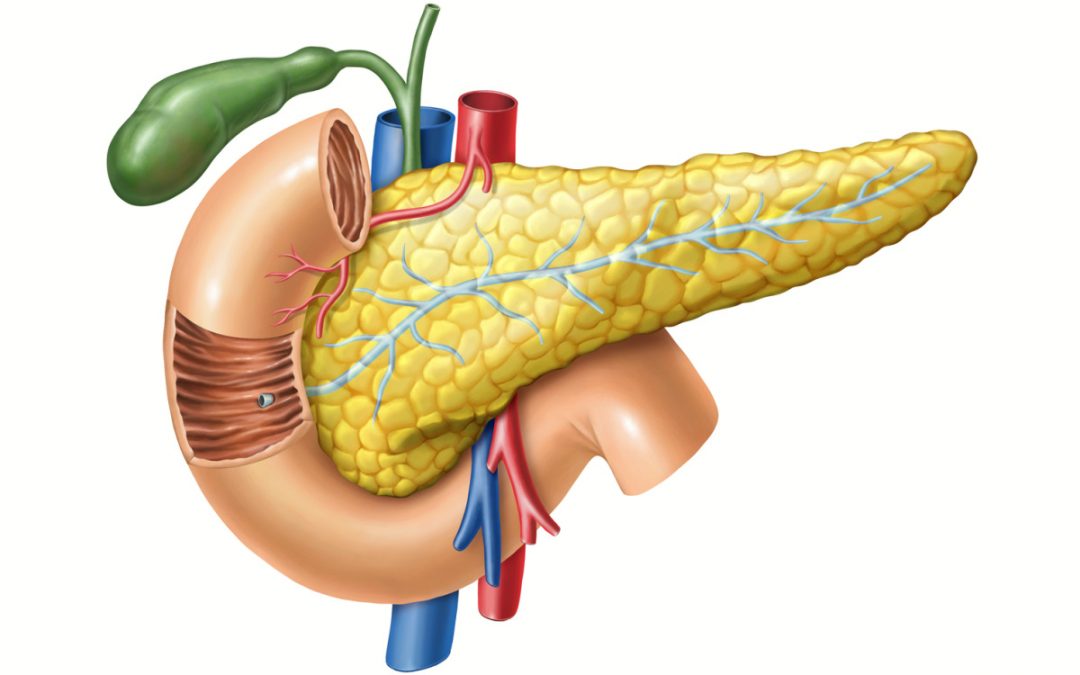Neuroleptic malignant syndrome (NMS) is a dangerous disease that can be caused by taking antagonists or increasing the dose of the drug. In some cases, the cause of pathology may be their complete abolition. In rare cases, NMS can affect people with Parkinson's syndrome or disease who have had their anti-Parkinsonian medications stopped or dramatically reduced. Pathology can also be a consequence of taking Phenelzine, some TCAs, SNRIs/SSRIs and lithium. This reaction is caused by the appearance or intensification of albenza side effects, impaired consciousness, water-electrolyte and vital functions.
Buy albendazole 400 mg pills
NMS may result from side effects of antipsychotic treatment. Also, the development of the syndrome can be affected by organic lesions localized in the brain that arose as a result. In addition, other reasons are noted. For example, this could be an increase in air temperature or humidity level. Neuroleptic malignant syndrome mainly affects males. As for the age at which the disease is susceptible, there is no clear answer. Cases have been recorded in 20 and even 70-year-old patients.
Among the factors influencing the development of the syndrome are the following.
After a toxic dose of Aminazine or its analogue has been taken, moderate poisoning is observed. In this case, weakness, slight dizziness, dry mouth and drowsiness are noted. After symptoms appear, the patient falls into sleep, which is several times higher than normal. Thus, a person spends more than a day in a state of sleep. It is very easy to buy albenza online the patient in this state, but he again falls asleep.
In addition, it is worth noting a number of albendazole pills that accompany neuroleptic malignant syndrome. In severe cases of pathology, the patient mayt fall into a comatose state. In this case, reflexes may decrease or disappear altogether. When there is a mechanical impact that causes pain, a person with NMS reacts weakly, usually with a barely noticeable movement of the limbs.
The primary symptom and, perhaps, the main one is muscle rigidity. Laboratory tests will not reveal any abnormalities indicating neuroleptic malignant syndrome. That is why, when observing symptoms, specialists stop taking antipsychotics and monitor the patient’s condition. Positive changes in the patient’s condition may indicate the presence of the syndrome.
At any degree of the disease, symptoms of hepatic dystrophy and cholestatic hepatitis can be observed. Obligatory symptoms are also noted. Very often, some difficulties may arise when diagnosing the syndrome. Basically, symptoms appear when the disease develops to moderate severity. All mental disorders can be attributed to an underlying disease, so even the doctor may not know about the presence of NMS.
In more rare cases, there may be no reaction. Often there are convulsions and disorders of the respiratory system, which are caused by the negative effects of Aminazine. Among other symptoms, it is observed.
First of all, in order to remove the drug that provokes the development of the syndrome from the body, gastric lavage is performed. This procedure should be carried out as early as possible otherwise problems with the gastrointestinal tract may occur. After the above procedure, oxygen therapy is carried out.
If respiratory depression is observed, it is necessary to alleviate it for the patient by connecting auxiliary artificial respiration devices. In case of collapse, norepinephrine and fluid are administered intravenously. Early diagnosis is very important; the methods used and the speed of treatment will depend on it. Treatment must be carried out in a hospital setting. The patient is prescribed special medications that are responsible for relieving agitation.
First of all, all antipsychotics and other drugs that can provoke the development of albendazole are canceled. If symptoms of NMS are observed, which appear as a result of a decrease in the dose of drugs or their complete withdrawal, then the course of use of antipsychotics is resumed and a gradual reduction in volume is carried out.
Next, symptomatic and electroconvulsive therapy is carried out, in combination or as independent methods. Albendazole therapy includes proper nutrition, hydration, lowering body temperature, prophylactic actions against deep thrombosis and prevention of aspiration. Electroconvulsive therapy is performed only in severe cases when drug treatment does not have the desired effect.
How to get albenza without a prescription?
Indications for the use of this method are increased body temperature, profuse sweating, disturbances of consciousness and catatonic symptoms. Improvements are observed after several sessions of the procedure. The development of NMS can be prevented by taking antipsychotics only in extreme cases when it is really necessary. In addition, the course of taking the drugs should not be long. At the same time, when the dose of the drug is reduced, the specialist must carefully examine the patient’s condition and record all deviations.
Pathogenesis of NMS. Most researchers explain the development of complications by blockade of dopaminergic structures in the basal ganglia and hypothalamus with immunological disorders and increased permeability of the blood-brain barrier, which lead to neurosensitization of the body with subsequent autoimmune damage to the central nervous system and visceral organs. Sympathoadrenal and serotonin hyperactivity plays an important role in the pathogenesis of NMS.
Get generic albendazole over the counter
Clinical picture of NMS. Typically, NMS develops within the first 3-4 weeks from the start of treatment with antipsychotics. The clinical picture of NMS is characterized by the development of generalized muscle rigidity with central hyperthermia, clouding of consciousness with the development of stupor and disruption of albenza pills with severe dehydration. Characteristic changes in the blood count are detected (accelerated ESR, lymphopenia, moderate leukocytosis without band shift), as well as an increase in the activity of transaminases and creatine phosphokinase in the blood plasma.

